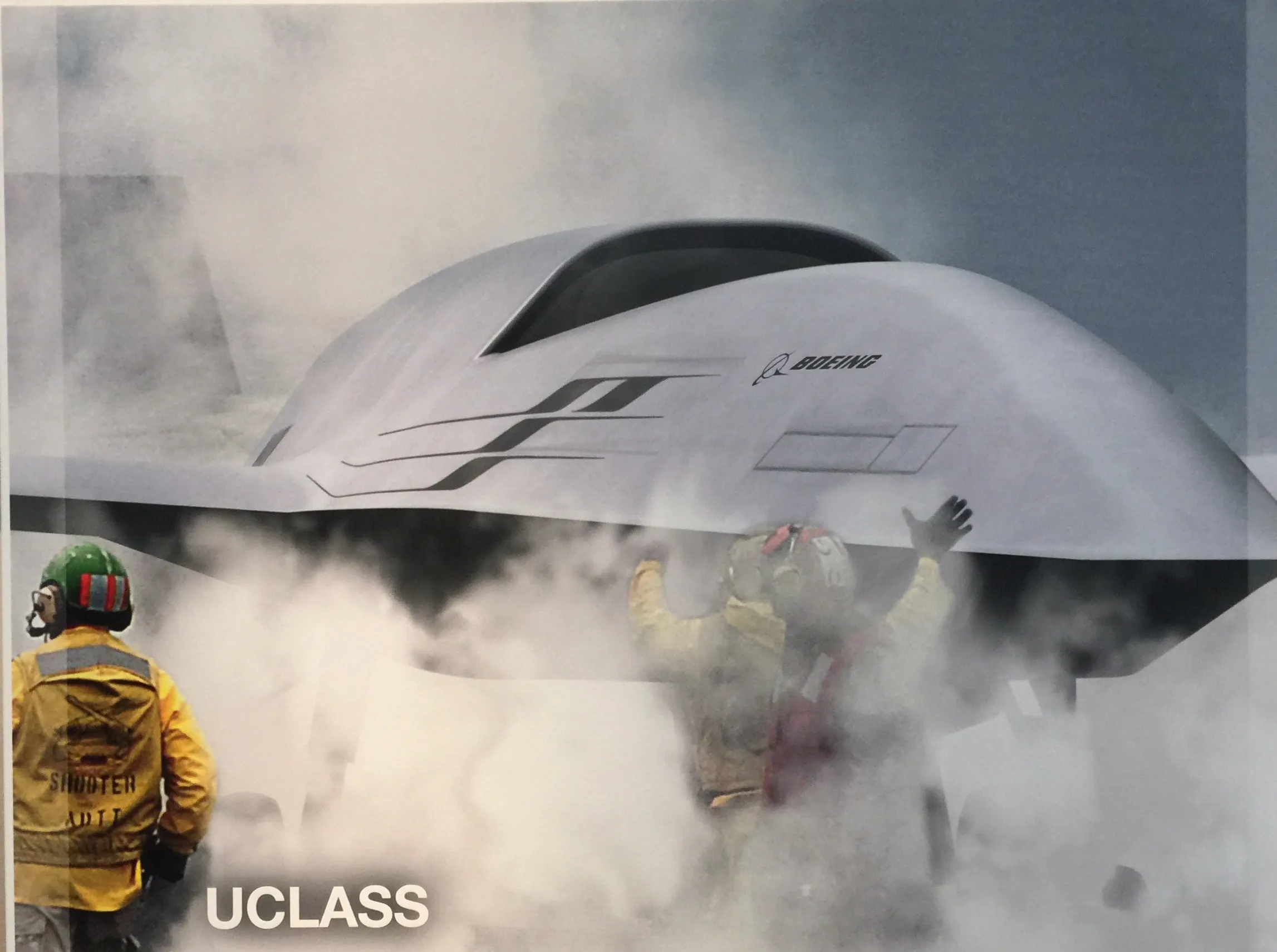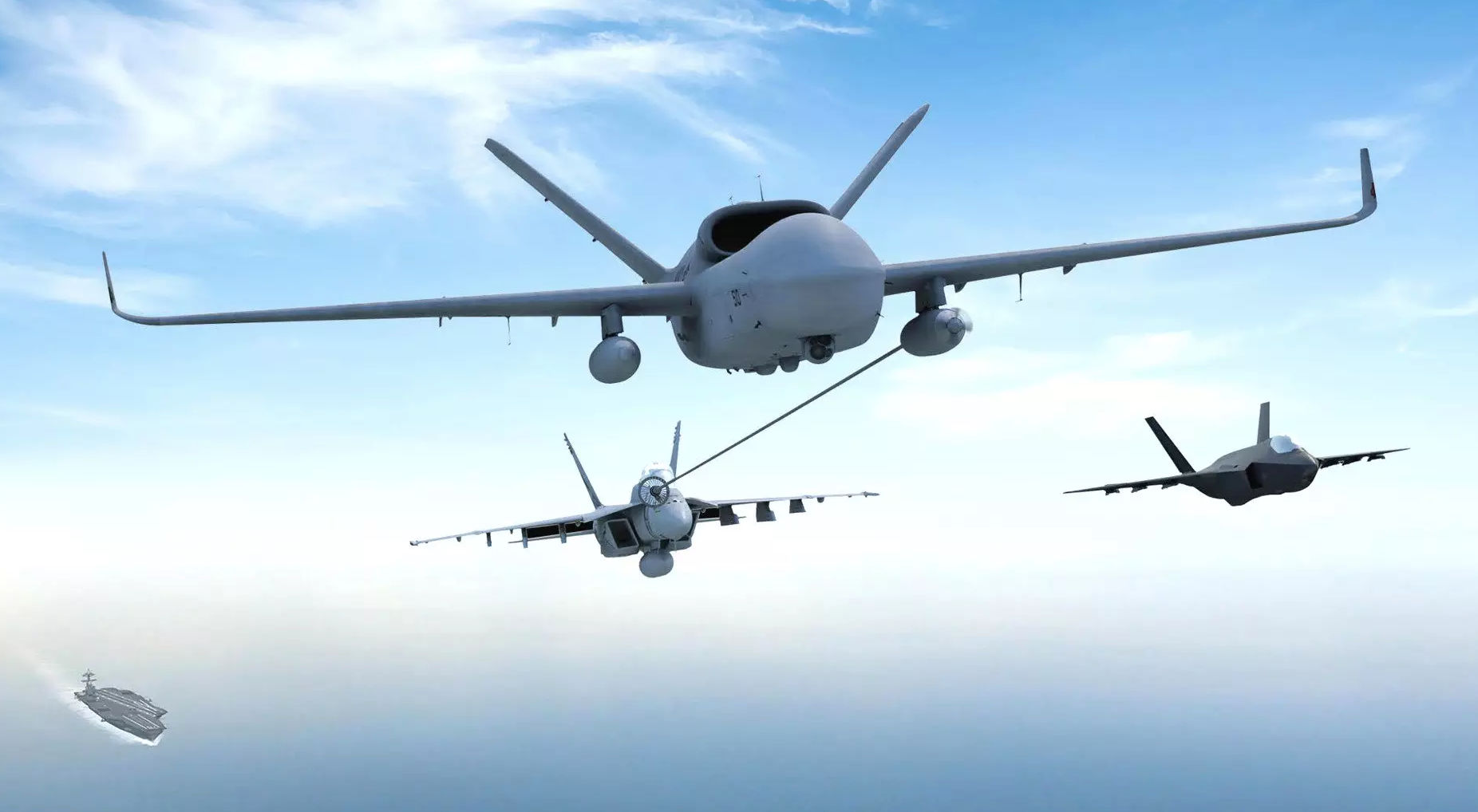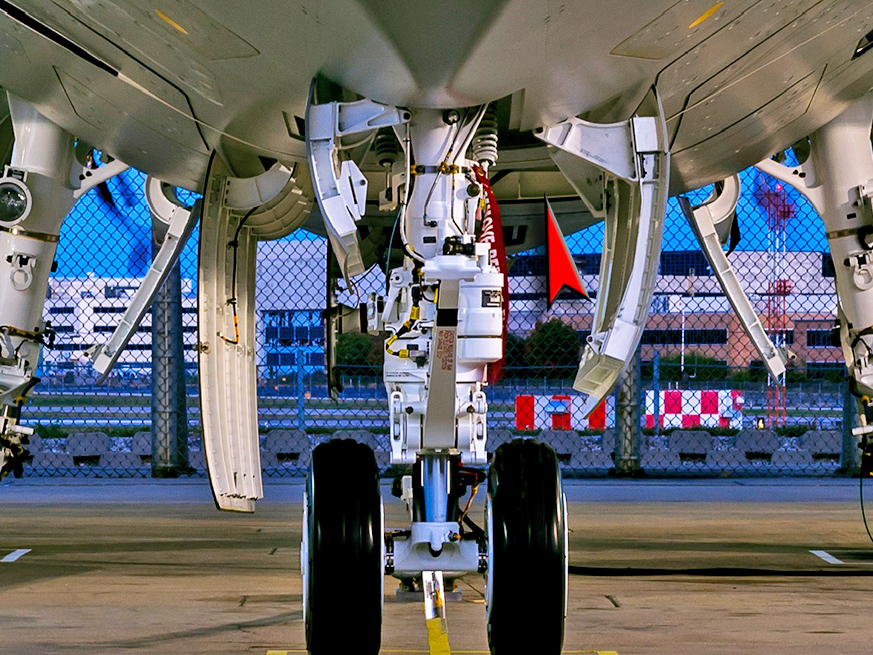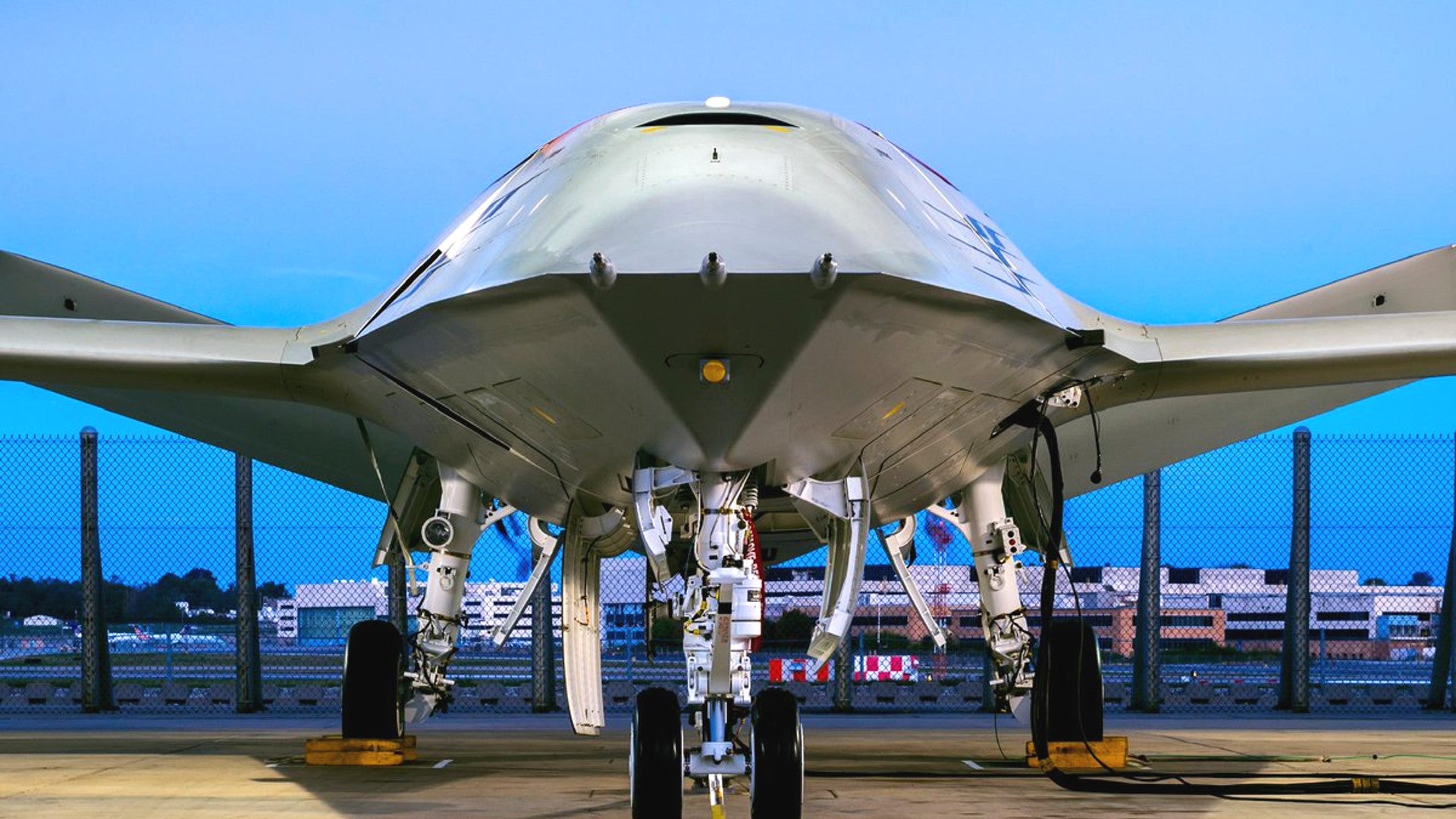After piquing our interest with a cryptic post on Twitter, Boeing has given us the very first look at its prototype for the US Navy’s MQ-25 Stingray unmanned tanker initiative. The Chicago-headquartered firm is now the second entrant in that competition, the other being General Atomics, to offer a look at their full concept and the first to show off an actual working prototype.
On Dec. 19, 2017, Boeing made the full announcement about the new unmanned aircraft from Phantom Works, the company’s secretive design division that is roughly analogous Lockheed Martin’s legendary Skunk Works. The firm did not say if the drone had internal nomenclature or nickname, as had been the case with its Phantom Ray entry into the Navy’s abortive Unmanned Carrier-Launched Airborne Surveillance and Strike program, or UCLASS. Lockheed Martin is now the only remaining participant in the MQ-25 program, also known as the Carrier Based Aerial Refueling System (CBARS), to have not revealed art or images of their entry.
“Boeing has been delivering carrier aircraft to the Navy for almost 90 years,” Don Gaddis, the head of the refueling system program at Boeing’s Phantom Works, said in a press release. “Our expertise gives us confidence in our approach. We will be ready for flight testing when the engineering and manufacturing development contract is awarded.”
Boeing says the drone is functional, though it hasn’t flown. It will finish engine test runs on the ground ahead of deck handling demonstrations in early 2018. The Navy wants all of the competitors to submit their formal MQ-25 proposals by Jan. 3, 2018.
There is no doubt about it, Boeing’s design looks impressive and follows somewhat with the very limited amount of concept art the company released in the past for the UNCLASS unmanned naval combat air vehicle program that was later replaced by the far less ambitious CBARS tanker initiative. The landing gear look carrier ready, and although there isn’t a requirement for stealth, the design does appear to have some low-observable features although it isn’t optimized specifically in that manner. Also note that the prototype has the same artwork on it as the UNCLASS art below.
The inlet design still remains a mystery as the photo Boeing has released seems to show a tiny inlet area built into the aircraft’s bulbous forward fuselage. This is likely an optical illusion, or a smaller inlet for other purposes, and a larger inlet exists that can be seen from more elevated viewing angles.

In all, Boeing’s MQ-25 entrant’s configuration is similar on a basic level to General Atomics’ Sea Avenger concept, which itself was remodeled from the Predator-C/Avenger unmanned aircraft. Both designs include wide v-tails, a dorsal inlet, a chined fuselage, and so on.

We don’t know if Boeing’s airframe was designed with growth potential for other missions in mind, such as the ability to act as a multi-sensor platform or communications node, or even eventually being able to carry a small weapons payload if the Navy should ask for such a capability. If any of this is so, Boeing would need to include areas for bays or apertures that could potentially accommodate these systems. Supposedly the Navy already wants at least an area for a radar to be mounted as a future capacity for growth.
Upon close examination, there does seem to be a relatively large ventral bay shown directly behind the aircraft’s nose gear doors. It isn’t clear if this is a large access panel that has been left open or if this is a payload bay of some kind.

We have contacted Boeing for more images and details and they politely told us that they aren’t going to release anything further until the new year. Regardless, Boeing has an outstanding and seemingly very under utilized legacy when it comes to high-end unmanned aircraft systems.
The company gave birth (at least publicly speaking) to the semi-autonomous and networked unmanned combat air vehicle (UCAV) concept a decade and a half ago and self funded further exploration into this space before the USAF largely started acting as if this game-changing capability didn’t exist. Winning the MQ-25 contract, which appears to be far from highly lucrative, at least initially, would give the company a massive foothold into the true future of air combat. Considering the company’s success with Naval fighters, the Navy’s carriers seem like a perfect place for Boeing to finally begin this forestalled revolution.
But it must be noted that we still don’t know exactly what is flying in the classified realm, although we can easily speculate with confidence, and considering Lockheed still hasn’t come forward with their offering, Boeing and General Atomics could still be very surprised by a highly mature competitor thanks to the Skunk Works and their experience with high-end unmanned aircraft.
We will continue to keep you up to date on how Boeing’s MQ-25 and the CBARS program progresses. But considering the requirements for the Navy’s first high-end carrier-based drone were so heavily watered down over the years, the prospect of slowly transforming carrier air wings into unmanned swarms is still very exciting and it will have wide-ranging strategic and tactical implications in the decades to come.
Contact the authors:
Contact the author: joe@thedrive.com and tyler@thedrive.com
